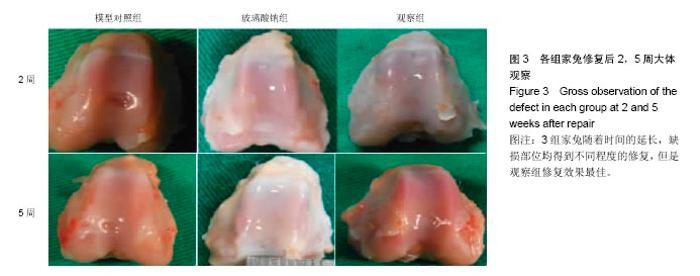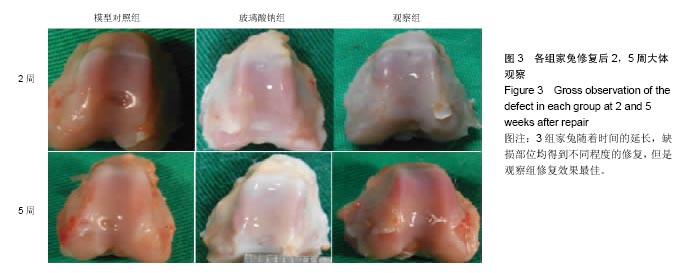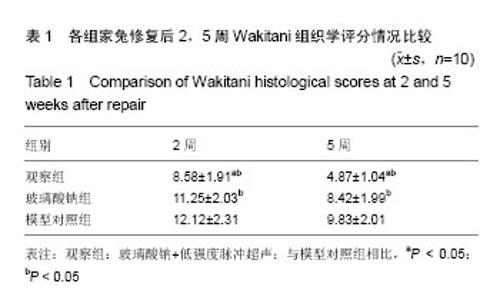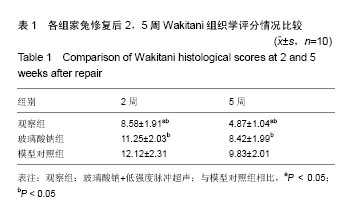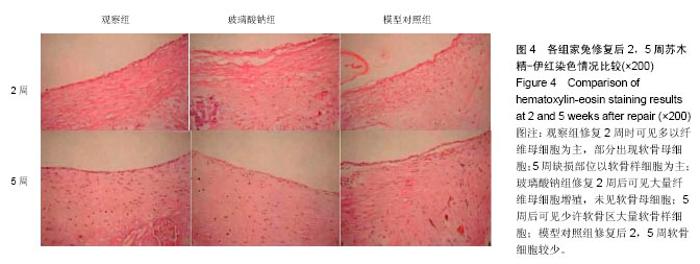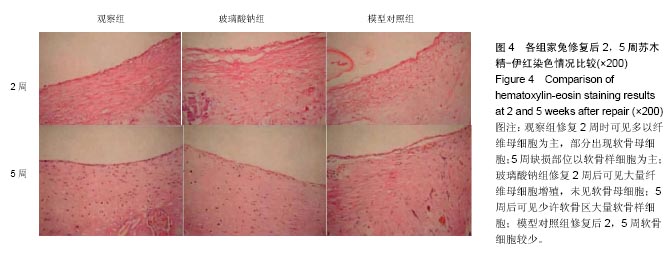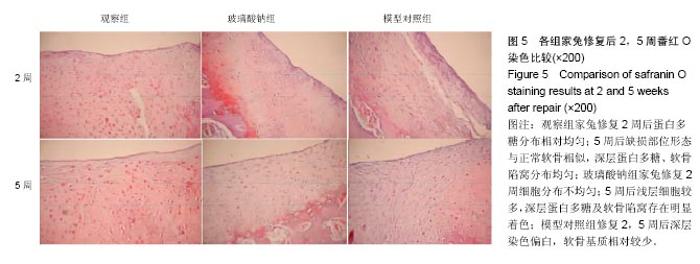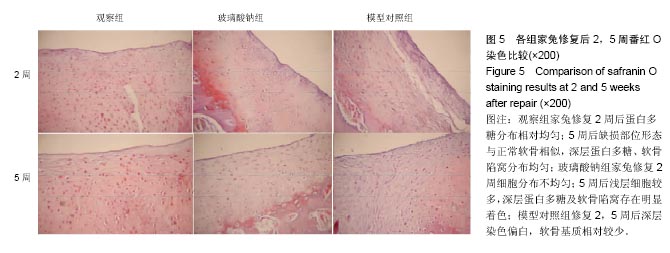| [1]Shi SY,Ying XZ,Hu DX,et al.Experiment on articular cartilage defect repaired with autologous cancellous bone or cancellous bone enriching bone marrow stem cell.Zhongguo Gu Shang.2012;24(4):332-335.[2]Zulkifli FH,Jahir Hussain FS,Abdull Rasad MS,et al. Improved cellular response of chemically crosslinked collagen incorporated hydroxyethyl cellulose/poly (vinyl)alcohol nanofibers scaffold. J Biomater Appl. 2015; 29(7):1014-1027.[3]Tang Z,Akiyama Y,Okano T. Recent development of temperature responsive cell culture surface using poly(N-isopropylacrylamide). J Polymer Sci Part B:Polymer Physics.2014;52(14): 917-926.[4]Tatsumi T,Sugimoto M,Lillicrap D,et al.A novel cell-sheet technology that achieves durable factor VIII delivery in a mouse model of hemophilia A.PLoS One.2013;8(12): e83280.[5]Li D,Wang W,Guo R,et al. Restoration of rat calvarial defects by poly (lactide-co-glycolide)/hydroxyapatite sca olds loaded with bone mesenchymal stem cells and DNA complexes. Chin Sci.2012;57(5):435-444.[6]陈加荣,张余,黄华扬,等.磁力靶向传递SPIO标记的BMSC修复关节软骨缺损的研究进展[J].中国骨科临床与基础研究杂志, 2014,6(2):118-122.[7]刘拴,杨洪平,张卫国.关节镜下关节清理术治疗膝关节骨性关节炎的疗效分析[J].实用临床医学杂志,2014,18(1):58-60.[8]高晓珺,解骏,肖涟波,等.骨碎补总黄酮对胶原诱导大鼠类风湿关节炎骨破坏治疗作用的实验研究[J].实用临床医药杂志,2013, 17(5):13-17.[9]金连峰,韩煜.骨碎补对兔膝骨关节炎关节软骨细胞凋亡相关因子作用实验研究[J].辽宁中医药大学学报,2013,15(11):42-46.[10]Jones RK,Chapman GJ,Findlow AH,et al. A new approach to prevention of knee osteoarthritis: reducing medial load in the contralateral knee.J Rheumatol.2013;40(3):309-315.[11]Stumpfe ST,Pester JK,Steinert S,et al. Is there a correlation between biophotonical,biochemical,histological,and visual changes in the cartilage of osteoarthritic knee-joints? Muscles Ligaments TendonsJ. 2013;3(3):157-165.[12]Saris D,Price A,Widuchowski W,et al. Matrix-applied characterized autologous cultured chondrocytes versus microfracture: two-year follow-up of a prospective randomized trial. Am J Sports Med. 2014;42(6):1384-1394.[13]Crawford DC,De Berardino TM,Williams RJ 3rd. NeoCart,an autologous cartilage tissue implant compared with microfracture for treatment of distal femoral cartilage lesions.J Bone Joint Surg Am. 2012; 94(11):979-989.[14]Qi BW,Yu AX,Zhu SB,et al. Chitosan/poly(vinyl alcohol) hydrogel combined with Ad-hTGF-β1 transfected mesenchymal stem cells to repair rabbit articular cartilage defects. Exp Biol Med (Maywood). 2013;238(1):23-30.[15]李菲菲,王秋雯,马列,等.复合转化生长因子-β1的磺化壳聚糖/聚赖氨酸纳米粒子的制备及其体外诱导干细胞分化性能[J].高分子学报,2013,(9):1177-1182.[16]Zwierzchowski TJ,Stasikowska-Kanicka O,Danilewicz M,et al. Assessment of apoptosis and MMP-1,MMP-3 and TIMP-2 expression in tibial hyaline cartilage after viable medial meniscus transplantation in the rabbit. Arch Med Sci.2012; 8(6):1108-1114.[17]Fukui T,Tenborg E,Yik JH,et al. In-vitro and in-vivo imaging of MMP activity in cartilage and joint injury. Biochem Biophys Res Commun.2015;460(3):741-746.[18]Sun S,Bay-Jensen AC,Karsdal MA,et al. The active form of MMP-3 is a marker of synovial inflammation and cartilage turnover in inflammatory joint diseases.BMC Musculoskelet Disord.2014;20(15):93-96.[19]宁志刚,杨柳,王富友,等.保留钙化层结构的猪股骨滑车全厚软骨缺损模型建立[J].中国修复重建外科杂志,2012,26(5):527-531. |
